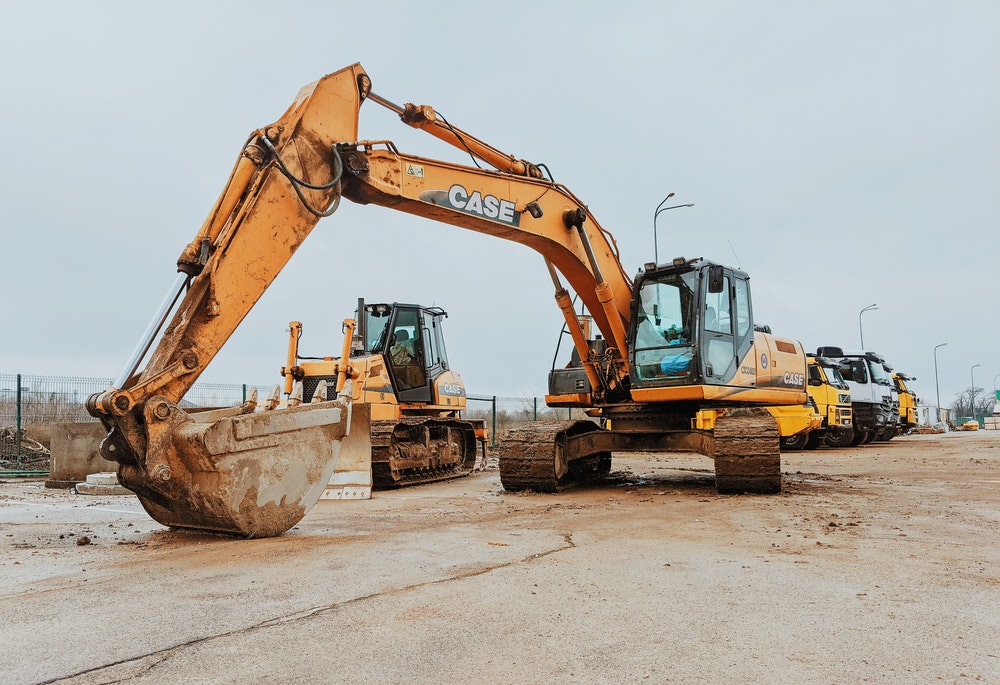Earthwork is moving the surface of the earth from one location to another. It helps to create civil works such as constructions of bridges, buildings, and more.
Basically, there are two types of earthworks. Cutting and filling. The soil gradient, construction and water flow are some of the varieties that you check and then allow the specialist to do the work.
Cutting:
We are familiar with Cutting in civil work as excavation. It is a part of earthwork. There are so many things that come under the excavation section. But, in simple words, excavation is about cutting the surface of the earth and removing it.
Following are some of the important aspects of Excavation or cutting:
- Marking: Measuring is very important before one proceeds with any action. It’s important to execute the plan as per the building design or layout.
- Clearing: Clearing in excavation involves the removal of any unwanted material on the ground. Any vegetation or organic material is removed in the process. Loose soil, plant roots are subject to removal and disposal in this process. Basically, it is the cleaning process to take the excavation further in earthwork.
- Loosening: This process involves breaking the materials using many processes such as cutting splitting, drilling, and chipping. To clear the surface easily, loosening is an important process. The topsoil, rock and the earth excavation and bridge excavation can be done easily when the soil becomes loose, and the soil becomes easy for the specialist to construct the road.
- Digging: A major amount of effort and money is involved in digging. In fact, this is the most critical part of the whole excavation process. It involves a vertical movement. It requires the right planning and execution for the construction to be appropriate. The contractors who are involved in earthworks and digging and excavation can do their best to complete the project within deadline.
- Hauling: It’s the process of moving a different building or drilling supplies, soil, or other unnecessary materials by types of equipment like cranes, Loaders, or bulldozers.
Usually, the excavation process involves the removal of different kinds of soils and rocks such as ordinary soil, hard soil, sand, soft rock, soft or hard murdrum soil. It even involves hard rocks that need loosening only by blasting or chiselling.
There are different types of excavations. Following are some of the examples:
- Earth excavation process
- Topsoil excavation Process
- Rock excavation process
- Excavation process for Bridges
- Footing excavation process
- Burrow excavation process
- Channel excavation procedure
- Unclassified excavations
Filling
The filing comes after excavation. It is the next process of earthwork. This process involves moving excavated materials or any kind of additional earth materials on the construction plot. Usually, the place is filled to have the needed topography.
Execution of this process happens on these levels
- Spreading: Spreading is one crucial part of the backfilling process. You cannot just put any material in the area. It’s important to avoid the usage of weak material to fill the excavated point. It might be risky for the construction if strong earth materials are not used in this process.
- Compacting: This process involves the removal of air pockets, and the ground gets dense by using pressure. This process works layer after layer. And the type of soil or earth material determines the type of equipment is required for compacting.
- Levelling: This process helps in achieving a flat surface or the exact height as per the need of construction. It is an important part of earthwork.
4 Best Equipment for Earthworks
1. Backhoe
At the point when we talk about earthworks gear, the backhoe is the principal name that strikes the psyche. Burrowing is a typical action when we talk about development work, and the backhoe simplifies this work.
2. Tractor
It is a farm vehicle that accompanies a metal plate or sharp edge. This edge is utilised to push volumes of soil, elastic, sand, and different materials, which are utilised at the building site.
3. Digger
This hardware is likewise utilised for burrowing channels and laying pipes. These are likewise utilised in planning channels for fighting. You can discover channels in various sizes; in view of the kind of work, you can pick the right sort.
4. Loader
It is substantial gear that is utilised for stacking materials like garbage, snow, feed, rock, logs, wood chips, rocks, sand, and that’s just the beginning. The loader is utilised to get all the garbage and dump it into another hardware like a dump truck or transport line, or railroad vehicle.
In short, Earthwork is the base of any construction. Unless it is properly executed, there might be a lot of risks or issues with the construction work. Earthwork, cutting and filling are some of the works that the earthwork specialists do.







